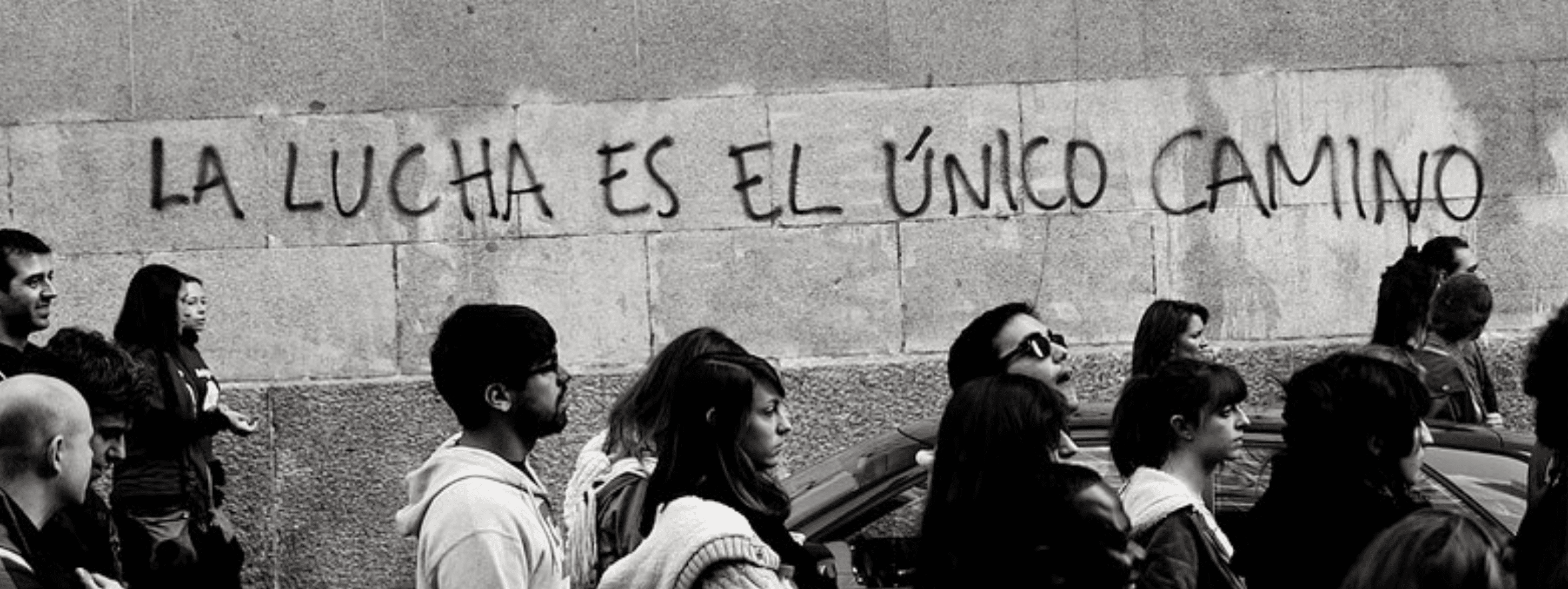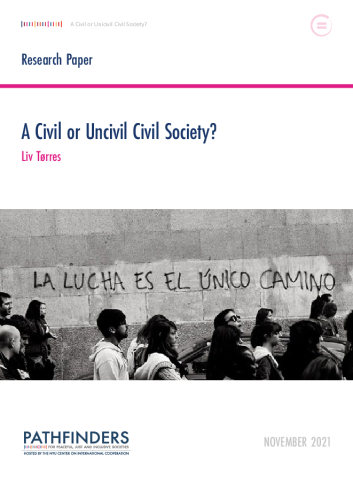Civil society is part and parcel of the institutional architecture that will be crucial to help us out of our current crisis of staggering inequality, pandemic trauma and required recovery. Yet, civil society is large, complex, fragmented, and polarized. It gained renewed and considerable attention during, and after, the ‘Third Wave’ of democracy in the early 1990s when trade unions, professional organizations, women’s and civic organizations, as well as religious organizations and churches in many countries mobilized for democratic change.
This was, of course, not the first nor the last period of civic action and mobilization. Civil society has, however, changed dramatically over the past decades. The number of non-governmental organizations (NGOs) has grown. Membership in civil society organizations has kept up, but the meaning of membership has most probably changed. Civic space is under considerable pressure, while social movements, activism, and protests have increased. All in all, civil society now represents a wide variety of actors with different governance structures, with/without membership, varying in size and agenda.

With current pressures on civic space and the right to organize, efforts to build democratic organizations face massive challenges.
- First, in order move forward now with the aim of new social contracts, more resilience, and a reinforced recovery, we need stronger mobilization to protect civic space. In several countries around the world, civil society is increasingly confronting major stumbling blocks when it comes to their freedom to operate, organize, and mobilize their constituencies.
- Second, we need to identify what we mean by civil society when promoting its place as a pro-democracy actor and/or at the negotiation table. Simply calling for “civil society representation” at global or national levels, or “civil society support” in development aid risks representation by actors who are not truly representative or espouse undemocratic values.
- Third, we need to ensure that more and better data is available in order to assess both the level of respect civil society enjoys and the problems it faces in organizing; how civil society mobilizes participation and membership; how to identify the “good actors”; and how to assess civil society’s strength and its contribution to society.
- Fourth, we need to soberly think through the types, channels, and scale of funding for civil society organizations.
- Finally, civil society organizations need to start organizing again, bolstering their structural and representative integrity.
When civic space is restricted and organizations are undermined and/or weak, not only do the people lose, so do leaders and governments. Unrest, mistrust, and anger will not go away on their own.
Read the full paper: A Civil or Uncivil Civil Society
This research paper is part of the Pathfinders Grand Challenge on Inequality & Exclusion. More information about this initiative can be found here.


